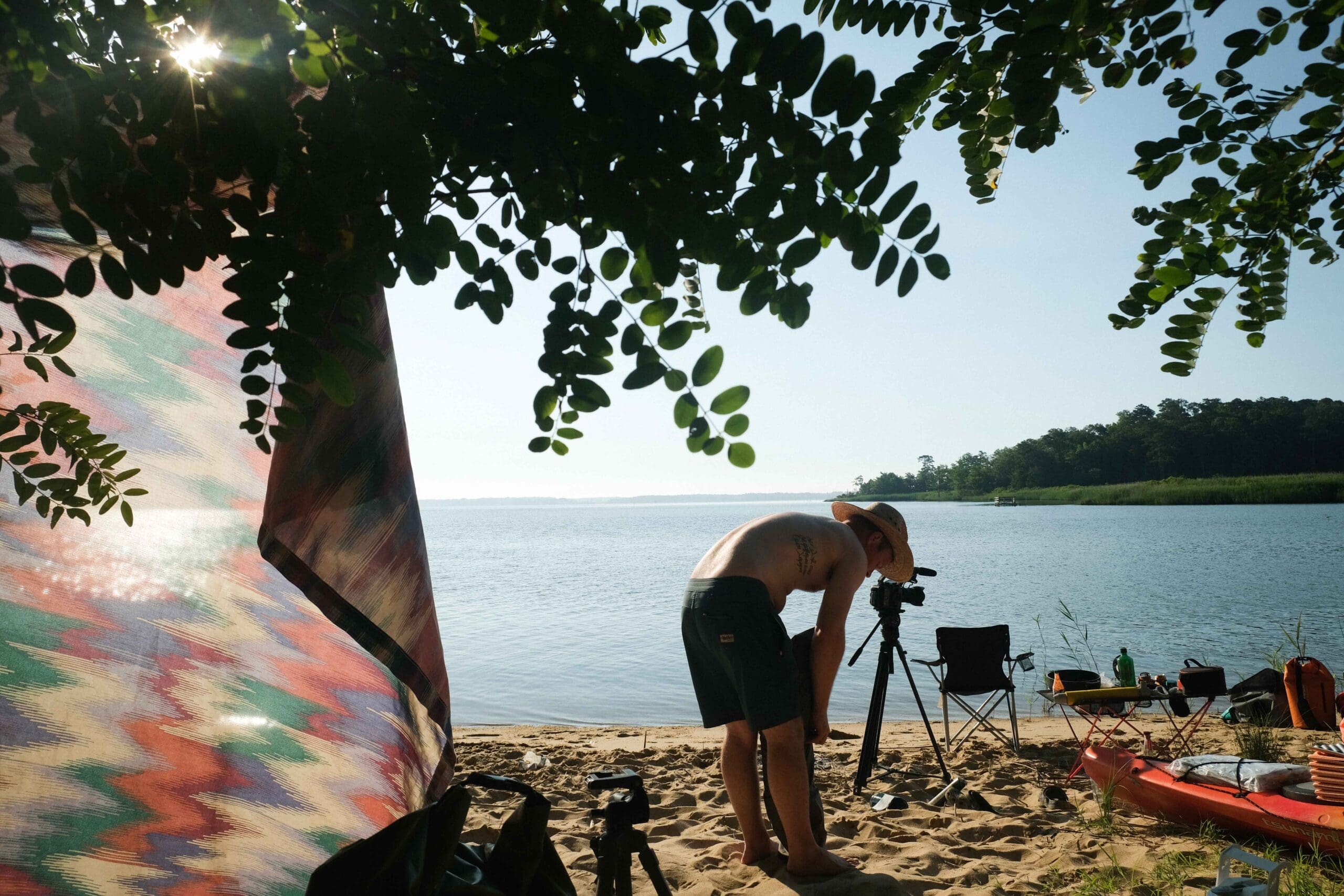Three urban parks that will make you see Virginia in a new light.

Low Line Gardens
While the Commonwealth may be well known for stunning mountain trails, here’s a few trails that are on the more “urban” side––still rife with history and gorgeous views.
The Low Line
Richmond

Low Line Gardens
The Low Line in Richmond.
The Low Line is a 5.5-acre urban green space developed by Capital Trees, in collaboration with the City of Richmond and CSX Corporation. Inspired by New York City’s Highline Park, which rests on top of decommissioned railroad tracks, the Low Line runs underneath active railroad trestles. The trail itself runs from Great Shiplock Park to the Richmond floodwall, connecting the park with Richmond’s Canal Walk and incorporating some of the Virginia Capital Trail, a 51-mile trail that stretches from Richmond to Williamsburg. The first phase of the project, the Low Line Gardens, was completed in 2016 and involved removing invasive plant species and weeds underneath the railroad tracks, and replacing them with more than 50 native plants and trees, as well as building a path along the tracks for pedestrians and cyclists.
With the second phase, the Low Line Greens, Capital Trees completed the restoration of the final 2.5 acres of the 5.5-acre space at the western end of the Low Line in 2020. This area offers space away from the train trestles for informal and formal community gatherings. Capital Trees planted nearly 2,000 new trees, shrubs, perennials, and grasses, 90 percent of which are native to Virginia, as well as installed new lighting for safety and remediated damage done to the space by stormwater runoff. The stormwater now runs through a series of underground conduits, limiting the amount of pollution that makes it into the canal and the James River. This trail is perfect for the whole family, with views of the Kanawha Canal and multiple signs along the way explaining the history of the canal and the Low Line itself. Walk a little farther to follow the Low Line east, past Great Shiplock Park, which will connect you to the Virginia Capital Trail and will give you views of the James River itself. You can also stop for food by The Boathouse at Rocketts Landing or Conch Republic. CapitalTrees.org
Elizabeth River Trail
Norfolk

Battleship Wisconsin on the Elizabeth River Trail
The Battleship Wisconsin along the Elizabeth River Trail.
The Elizabeth River Trail is a 10.5-mile trail along Norfolk’s waterfront, open to pedestrians, cyclists, and pets. Stretching from Norfolk State University all the way to Lochhaven, there’s plenty to see and do on the trail—explore the Downtown Waterfront, Fort Norfolk, Old Dominion University, and more. At the waterfront, stop for a bite to eat at places like Stripers, a seafood restaurant, or Carolina Cupcakery for some sweet treats. Also near the trail is the Chrysler Museum of Art and Perry Glass Studio. In the Chelsea District, block off a few hours to explore the neighborhood and its various restaurants and breweries. Group bike rides occur every so often, all of which are posted on the ERT Facebook page. The last group bike ride on June 17 began at Smartmouth Beer, and ended at Doumar’s Cones and BBQ. Riders received 10 percent off beers at Smartmouth, so keep your eyes peeled for upcoming group rides. (The next one is on July 5.)
The idea for this community trail came in 1994, but the first section wasn’t completed until 2003. The Sentara Loop section was only added in 2012. Today, the Elizabeth River Trail Foundation has plans to expand the trail with additions such as kayak launches, solar lighting, playgrounds, and more. If you’d like to help out, you can visit their website to volunteer or donate. ElizabethRiverTrail.org
New River Trail State Park
Galax

New River Trail
A tunnel along the New River Trail.
While less “urban” than the previous trails, New River Trail State Park is 57 miles of beautiful scenery and history. The park follows closely alongside the New River for 39 miles, passing through four counties and the city of Galax. The Foster Falls area of the park offers guided horseback trips, canoe and boat rentals, gift shops, and more. The trail itself is not a difficult one to walk, bike, or run, which makes it perfect for all ages. With 12 total access points, find the one nearest you to make your experience more enjoyable. There are also two tunnels, both more than 100 feet long, and three major bridges, the largest of which is the Fries Junction bridge, coming in at 1,089 feet long.
In terms of history, there rests on the trail a 75-foot shot tower, built more than 200 years ago to make ammunition for early settlers’ firearms. Unfortunately, the shot tower is currently closed to visitors, but it is not a sight you want to miss. The shot tower parking lot remains open, so you can see the tower from the outside, but make sure to stay updated on the park’s website so you don’t miss the chance to tour the inside. Other remnants of the trail’s industrial past include old iron furnaces, restored train depots, railroad trestles, and a bright red caboose. Before it was a park, the Norfolk & Western Railroad shipped iron ore through the area and provided passenger service until after World War II, its final run was Sept. 5, 1951. The park you see today was constructed by Norfolk & Western beginning in the late 1800s, and by 1904 the line ran about 50 miles in total. A Norfolk Southern line also ran through the area, making its last runs in 1985. Trails are open daily from dawn to dusk, but be sure to stay updated with campsite and bridge closures on the Virginia Department of Conservation and Recreation website. DCR.Virginia.gov








